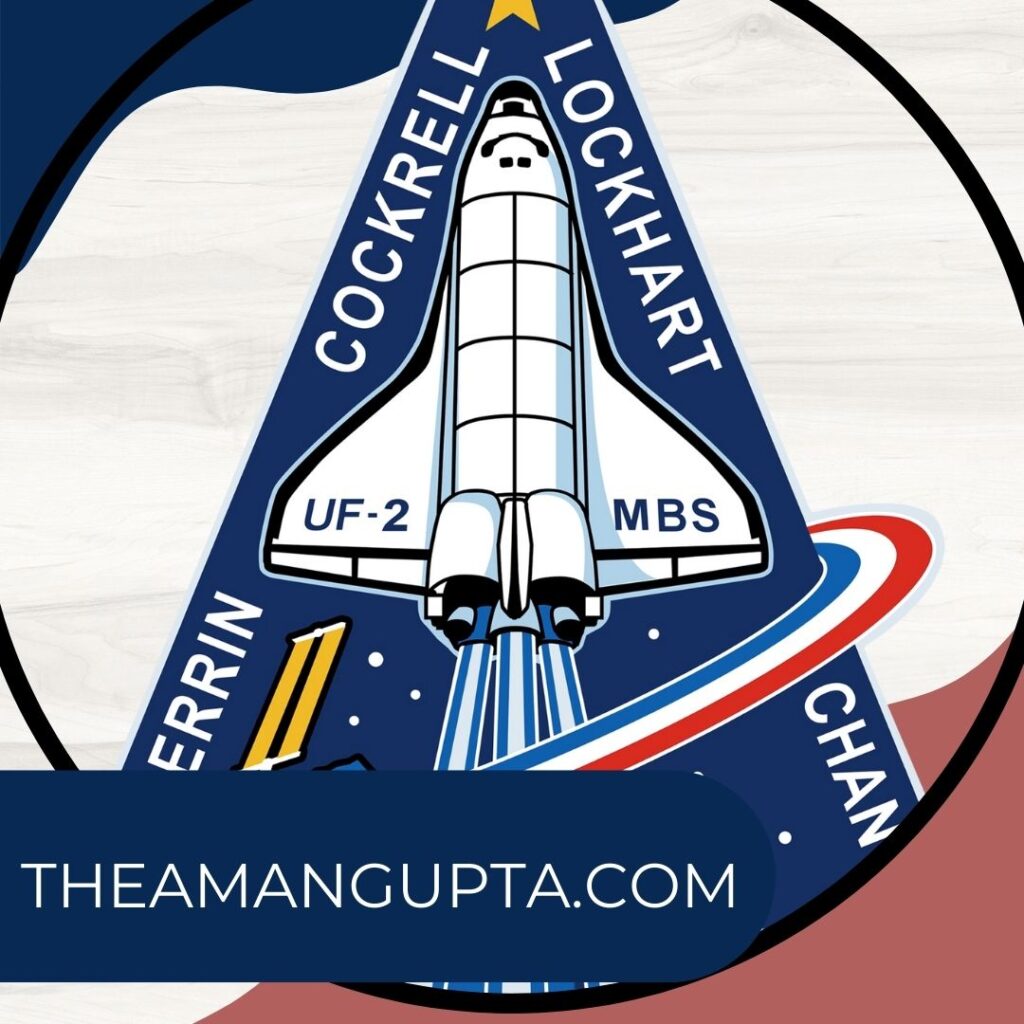Hello Readers. Humans are compelled to explore the uncharted. Find new planets, test the limits of our knowledge and technology, and then push some more. Our culture has benefited for ages from the intangible drive to explore. And push the limits of what we know and where we have been. Exploration of space by humans aids in answering important queries. Which are concerning the origins of our solar system and our place in the cosmos. We advance technology, develop new markets, and promote peaceful relations with other countries. By tackling the problems associated with human space exploration. Today we are going to talk about India’s first mission to study the sun which is the Space Mission: Aditya-L1 Mission.

Introduction To Space Mission: Aditya-L1 Mission
Previously known as Aditya-1, the mission is now known as Aditya-L1 Mission. It is the second astronomy mission from ISRO to be sent into space after AstroSat. And it is intended to do research on the Sun. Aditya 1 was the original name of the project, and its scope was restricted to solar corona observations alone.
The Aditya-1 mission was intended to simply observe the sun’s corona. In solar physics, the cause of Corona heating up to such high temperatures is still a mystery. The satellite was launched on the Aditya-1 mission into an 800 km low earth orbit. Later, ISRO intended to orbit the satellite around the Lagrangian Point in a halo (L1). 1.5 million km separate Earth from L1. The benefit of uninterrupted, continuous observation of the Sun is offered at this site. As a result, the mission was also changed to the Aditya L1 mission. Now, let us move to payloads used during Space Mission: Aditya-L1 Mission.
Payloads That Have Been Used For The Mission:
- Visible Emission Line Coronagraph (VELC)
- Solar Ultraviolet Imaging Telescope (SUIT)
- Aditya Solar wind Particle Experiment (ASPEX)
- Plasma Analyzer Package for Aditya
- Solar Low Energy X-ray Spectrometer (SoLEXS)
- High Energy L1 Orbiting X-ray Spectrometer (HEL1OS)
- Magnetometer
Aditya-1, a 400 kg class satellite carrying the Visible Emission Line Coronagraph (VELC) and also intended for flight into an 800 km low earth orbit, was the original name of this mission. Since a satellite in the halo orbit of the Sun-Earth system’s initial Lagrangian point (L1) has the significant benefit of continuously observing the Sun without any occultation or eclipses. This is a desirable position. As a result, the Aditya-1 project has been changed to the “Aditya-L1 mission” and will be placed in a halo orbit 1.5 million kilometers away from Earth and pointed in the direction of the Sun.
Learn More: Bollywood Movies Which Involve Science
A total of six additional payloads are also carried by the satellite, including the SUIT solar ultraviolet imaging telescope, ASPEX Aditya solar wind particle experiment, PAPA Aditya plasma analyzer package, SoLEXS Aditya solar low energy x-ray spectrometer, HEL1OS Aditya high energy L1 orbiting x-ray spectrometer, and Magnetometer, all of which have expanded scientific goals and are made possible by extensive remote.

Aditya-L1 will be launched in the first quarter of 2023 by PSLV-XL from one of the ISRO centers at Sriharikota thanks to the mission’s approval. Our current understanding of the Solar Corona will be improved by the satellite’s scientific investigations, which will also provide crucial information for studies of space weather.
The Aditya L1 Mission’s primary goal is to aid in the tracking of storms that are aimed at Earth and the prediction of their impact through solar measurements.
Optical Design
VELC is an internally reflective occulted coronagraph. Through the entrance aperture, the device receives light from the solar disc and corona, which is imaged by a 20 cm off-axis parabolic mirror (M1). The illustration below shows the VELC optical setup. As an internal occulter for the coronagraph, M2 is a concave mirror positioned at the center of M1. Disc light and coronal light with a radius of less than 1.05 R travel through the instrument’s central hole on M2 and are reflected out of it by a mirror M3 through a tiny orifice on the instrument’s top.
Learn More: Science Of Quantum Entanglement
A two-element collimator lens collimates M2’s reflection of the coronal light. M4 will be used to steer the collimated beam into several channels. Dichroic beam splitter-1 (DBS1) divides the reflected light from M4 into two portions and sends the light above 515 nm to the spectroscopic channels while reflecting the light below 515 nm for the imaging channel.
Using VELC, it is possible to simultaneously observe coronal emission lines using spectroscopic and spectropolarimetric methods and image the solar corona continuously. The simultaneous observations produced include continuum white-light images in the 5000 nm region, spectral profiles in visible emission lines centered around the 5303 nm and 7892 nm wavelengths, and spectro-polarimetric data in the 10747 nm wavelengths.

In contrast to other channels, which have a field-of-view of 1.05 to 1.5 R, continuum imaging channels have a range of 1.05 to 3.0 R. Four 50 m wide slits spaced 3.75 mm apart are used to perform polarimetry and spectroscopy using a linear scanning mechanism. The infrared channel is connected to an InGaAs detector with a size of 640 x 512, and each visible channel is sent to a CMOS detector with a size of 2560 x 2160.
Challenges
- The Sun’s distance from Earth, which is roughly 15 billion km, is the biggest obstacle facing the Aditya L1 mission.
- Payloads in earlier ISRO missions have mostly remained immobile in space due to a number of dangers. However, Aditya L1 has a few moving parts, which raises the possibility of an accident.
- Other problems include radiation from the solar atmosphere and extremely high temperatures. Aditya L1 will, however, remain a great distance away.
The Mission’s Importance
- This project is vital because it is crucial to understand how the Sun affects the evolution of planets and exoplanets outside of the Solar System. The environment and solar weather have an impact on the system’s overall weather.
- It will be useful while researching the impacts of solar weather system variation. Satellites’ orbits may vary or possibly become less durable due to variations in this weather.
- Understanding and monitoring storms that are directed toward Earth will be made easier.
Learn More: How To Learn Coding At Home
The Sanskrit name for the sun, Aditya, and the Lagrange point will be positioned at L1 Lagrange point are the inspiration for the name of the Aditya L1 mission. In honor of the French-Italian mathematician Josephy-Louis Lagrange, Lagrange Point 1 was given that name. The gravitational forces of a two-body system produce heightened zones of repulsion and attraction at these specific spots in space.
This is all about Space Mission: Aditya-L1 Mission. Stay Connected For more updates.